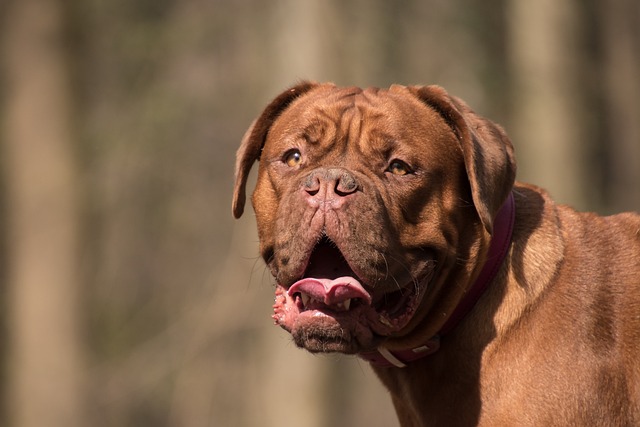
What is glaucoma in a dog?
You might notice your dog squinting more at mealtime or avoiding bright sunlight—these small changes could be early signs of a serious eye condition.
If you’ve ever wrestled with a squirming pup to brush their teeth—only to end up with slobber on your shirt and a toothbrush chewed to bits—you’re not alone. For most new dog owners in the US, finding a stress-free way to keep their dog’s mouth healthy feels like a win. The good news? The best tool might be something your dog already loves: a good chew. But not all chews are created equal—some clean better than others, and choosing the right one can make all the difference.
Dogs’ teeth get dirty the same way ours do: plaque builds up from food particles and bacteria, hardening into tartar that irritates gums. Chewing works because the friction scrapes away plaque, especially along the gumline where brushes often miss. Think of it like how gnawing on a carrot cleans your teeth a little—only amplified for dogs, who have stronger jaws and spend more time chewing. Breeds with crowded teeth, like Shih Tzus, benefit even more, as chews can reach between teeth where plaque hides. A Border Collie named Luna, for example, used to have stinky breath until her owner started giving her a daily dental chew; now, her vet notes less tartar and healthier gums.
The best chews combine texture, safety, and effectiveness. Look for VOHC (Veterinary Oral Health Council) approved options—these have been tested to reduce plaque. Rubber chew toys like Kongs, when stuffed with a little peanut butter, work great: the rubber nubs scrub teeth as your dog licks and chews. Rawhide alternatives, made from sweet potatoes or rice, are gentler on teeth than traditional rawhide, which can splinter. For a natural option, frozen carrot sticks (cut into bite-sized pieces) are crunchy enough to clean but soft enough to avoid chipping teeth—many dogs love the cool texture. Avoid hard bones or antlers, which can crack teeth, and always match the chew size to your dog: a Chihuahua needs something smaller than a Great Dane’s chew.

In the US, keeping your dog’s mouth healthy ties into legal responsibilities. Even with great chews, their rabies vaccine must be current—all states require it, and poor oral health weakens the immune system, making infections more likely. When you’re out walking, bring poop bags—chews can affect digestion, and leaving waste in public is illegal (fines up to $250 in cities like Miami). It’s part of being a responsible owner, right alongside their dental care.
Never force a chew on a reluctant dog. If they sniff and walk away, try a different texture or flavor—some prefer rubber, others like soft chews. Scolding them will only make them associate chews with stress, which goes against the positive reinforcement most American pet owners use. Instead, praise them when they pick up the chew, turning it into a happy habit.
Apartment living means choosing chews wisely. Avoid noisy rubber toys during quiet hours—opt for softer chews if neighbors are close. Store chews in a sealed container to keep ants away, and pick up any small pieces to avoid tripping hazards. When at community dog parks, leave chews at home—they can spark conflicts if other dogs try to steal them, and it’s better to keep shared spaces peaceful.
The best chew is one your dog loves enough to use daily. With the right choice, you’ll turn a chore into a treat, keeping their teeth clean and their tail wagging.

You might notice your dog squinting more at mealtime or avoiding bright sunlight—these small changes could be early signs of a serious eye condition.

Let’s set the scene: It’s a sweltering Phoenix afternoon—105°F outside—and you rushed your 2-year-old Lab mix, Cooper, on a quick walk to “get it over with.”

Let’s get real: You’re in your Miami apartment, watching your 3-year-old Corgi, Loki, struggle to climb the stairs to your second-floor unit.

Many dog owners brush off occasional scratching as just “dog behavior,” but persistent itching often signals something more—like a food allergy.

You might first notice your dog scratching more than usual—chewing at their paws until the fur looks thin, or rubbing their face against the couch nonstop.

Let’s be real: You’re standing in your Chicago apartment, watching your 3-year-old Beagle, Max, huff and puff just to climb onto the couch.